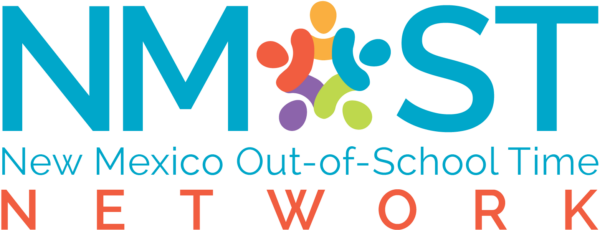In celebration of Women’s History Month, this post features four women who paved the way for women in technology throughout history: Ada Lovelace (top left), Grace Hopper (top right), Hedy Lamarr (bottom left), and Annie Easley (bottom right). This post is part of a series focusing on women in Science, Technology, Engineering, and Math (STEM).
There are many, many other women who made important contributions to STEM throughout history; check out the bottom of this post for some suggested sources if you want to learn more.
Ada Lovelace (1815-1852)
Computer programmer
Image source: Bodleian Libraries
Ada Lovelace was the daughter of Lord Byron, famed English poet, though he left England forever shortly after she was born. Ada was frequently ill as a child, but her mother encouraged her interest in mathematics from an early age through private tutors. She married William King in 1835, who was made Earl of Lovelace three years later. Her educational and political connections led to a long partnership with Charles Babbage, often called the “father of computers”, and Lovelace wrote a series of notes about his concept for an Analytical Engine. Her notes contain what is thought to be the first computer program: an algorithm designed to be carried out by a machine; however, the Analytical Engine was never constructed so her program was only ever theoretical. Lovelace believed that machines could go beyond simple calculation, and that numbers could represent more than just numbers. These beliefs represent a shift in thinking from calculation to computation. Ada Lovelace died of uterine cancer at age 36 and, at her request, was buried next to her father.
Grace Hopper (1906-1992)
Computer scientist
Image source: Getty Images
Grace Hopper was a curious child who once dismantled seven alarm clocks in order to figure out how they worked. She attended Vassar College and Yale University for mathematics and history, and taught mathematics until the outbreak of World War II. Hopper joined the United States Navy Reserve after being rejected from the Navy, and went on to join a computation project at Harvard in 1994. She worked with Howard H. Aiken on the Mark I computer, also known as the Automatic Sequence Controlled Calculator, and they co-authored three papers. After the war she worked for the Eckert–Mauchly Computer Corporation and proposed a programming language using entirely English words, which was rejected. Over the years she continued to work towards this idea, which would eventually become a programming language called COBOL which is still in use today, even though she had little support for the first few years. Hopper was recalled to active duty to the Navy in 1967 and finally retired in 1986 after a career spanning more than four decades.
Hedy Lamarr (1914-2000)
Inventor and actress
Image source: Still taken from “The Heavenly Body”
Born Hedwig Eva Mariea Kiesler in Vienna, Austria-Hungary, Hedy Lamarr began acting at age 16 and soon rose to international fame. She moved to London and met the head of MGM in 1937 and she soon signed a contract with him and changed her name. As an actress she was in 30 films over a 28 year career, but while she is best known as a movie star opposite greats like Clark Gable and James Stewart, Lamarr also co-founded her own production studio. Although not formally trained, she worked on inventions in her spare time. During World War II she co-invented a device that created a frequency-hopping signal that could not be tracked or jammed, which ultimately became a technology important to the creation of Bluetooth.
Annie Easley (1933-2011)
Computer scientist and rocket scientist
Image source: NASA
Annie Easley was born in Alabama during the Jim Crow era where schools were segregated and opportunities for African American children were limited, but her mother always encouraged her to work hard and follow her dreams. She initally studied pharmacy until reading abut opportunities at what is now the John H. Glenn Research Center in Cleveland, Ohio. One of the first African Americans to work at NASA, Easley was a leading member of the team which developed software for the Centaur rocket stage. This project helped lay the technological foundations for future space shuttle and satelite launches. Despite her 34 year career, during which she was an Equal Employment Opportunity (EEO) counselor, she was not recognized for her contributions until 2015 when she was inducted into the GLenn Research Hall of Fame posthumously.
